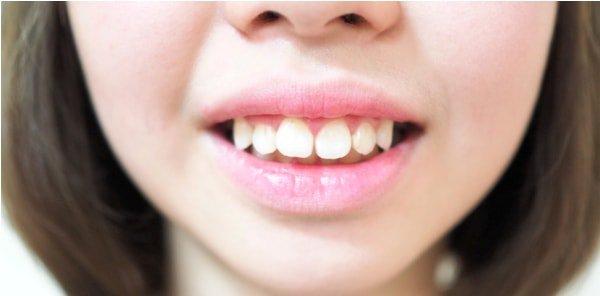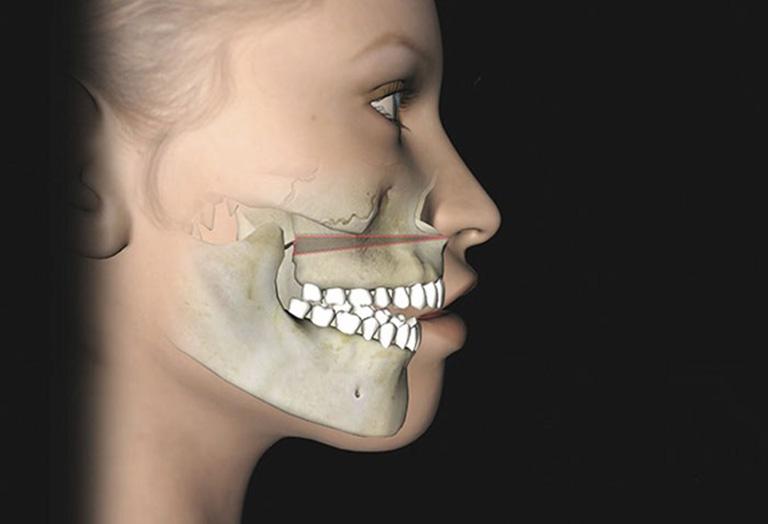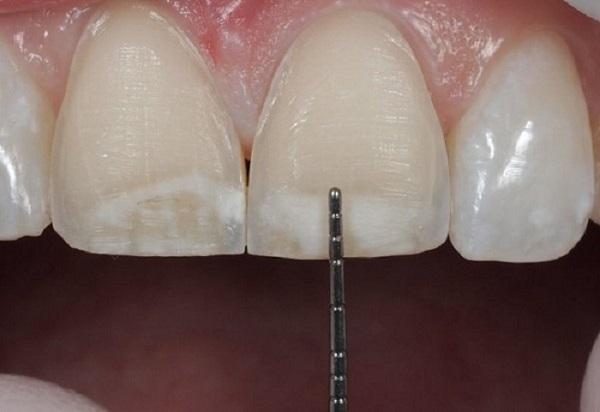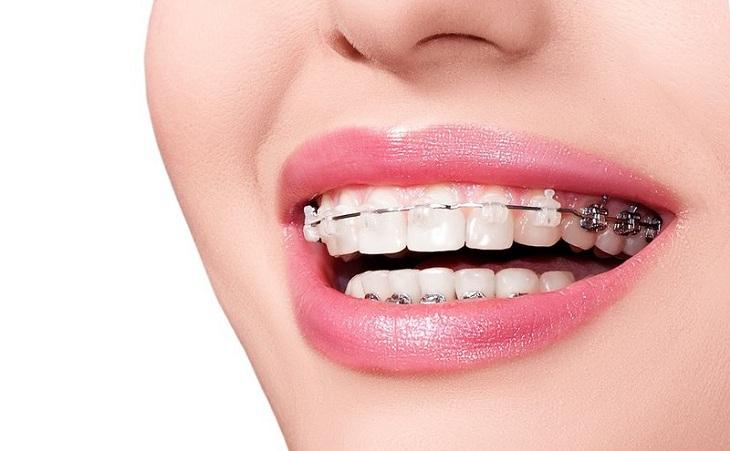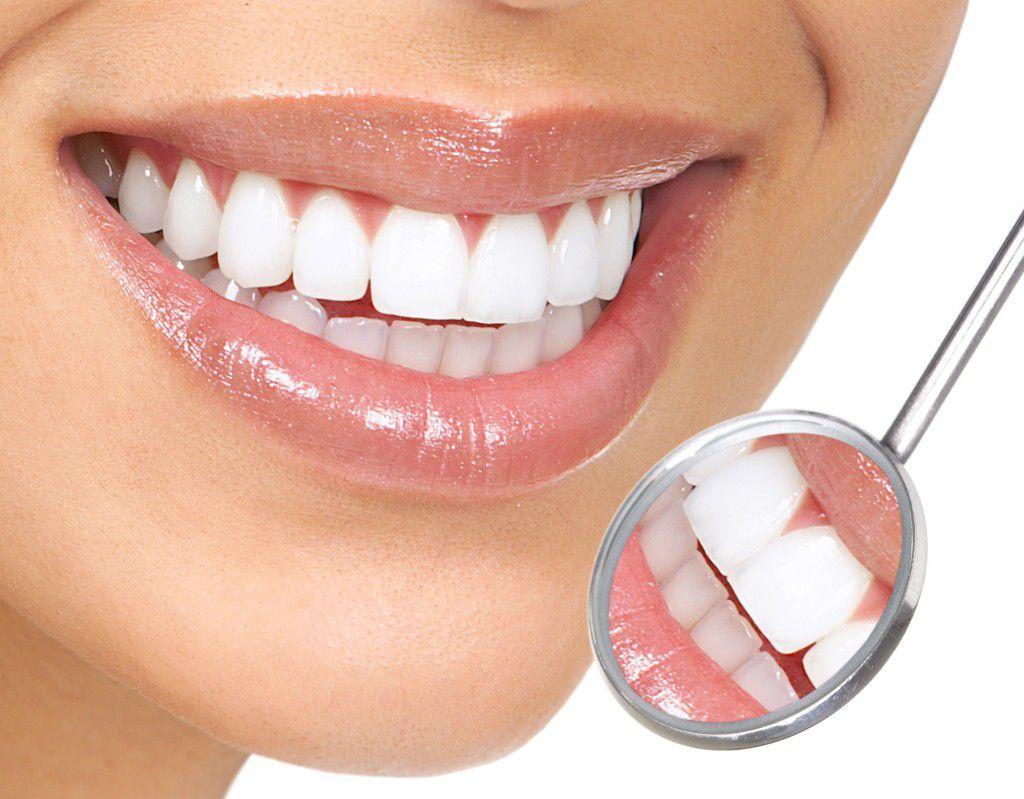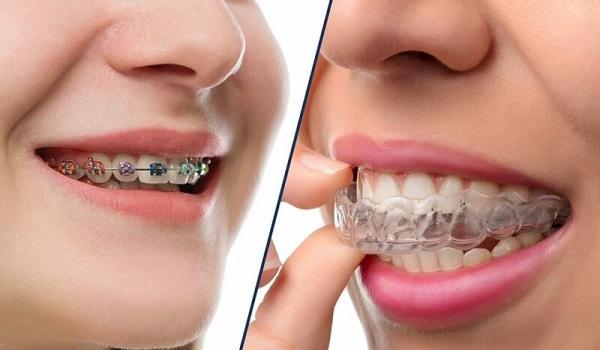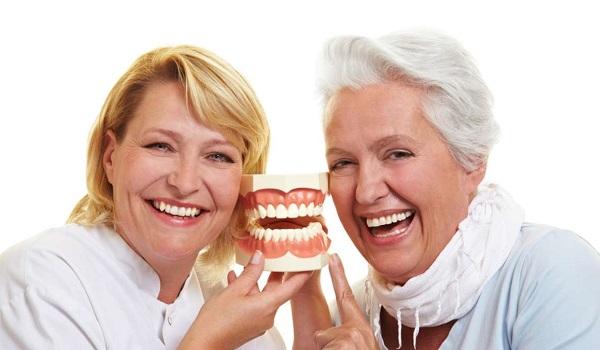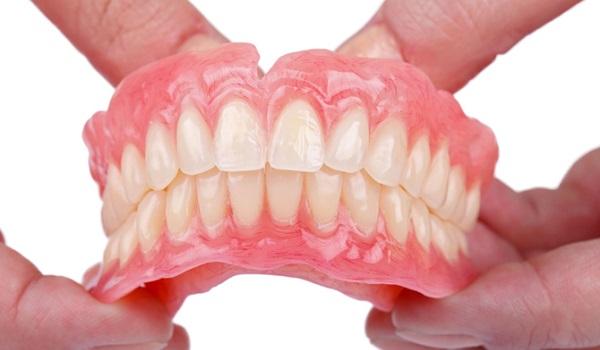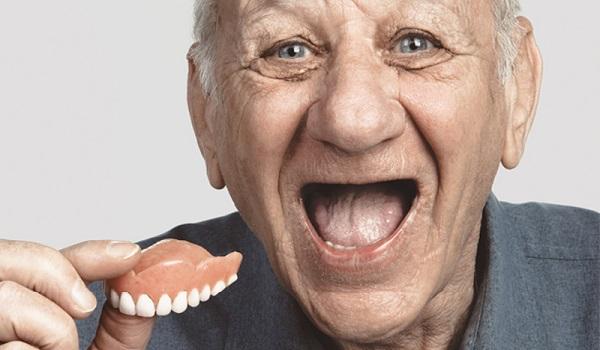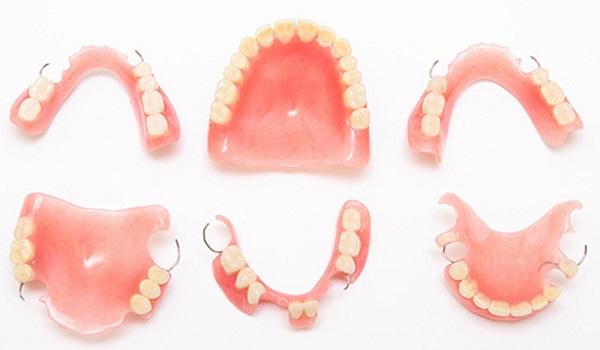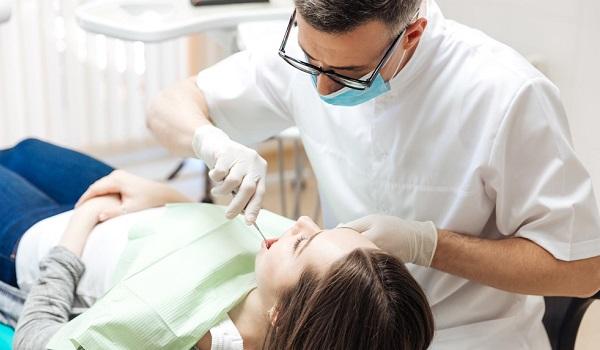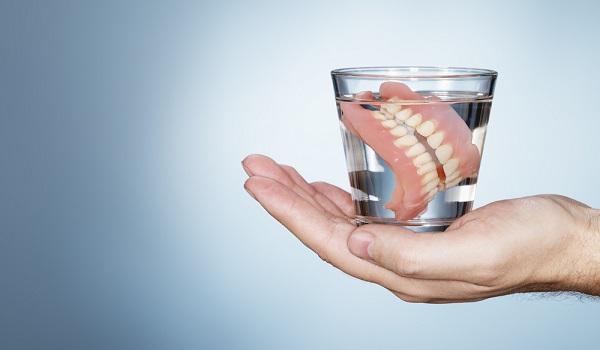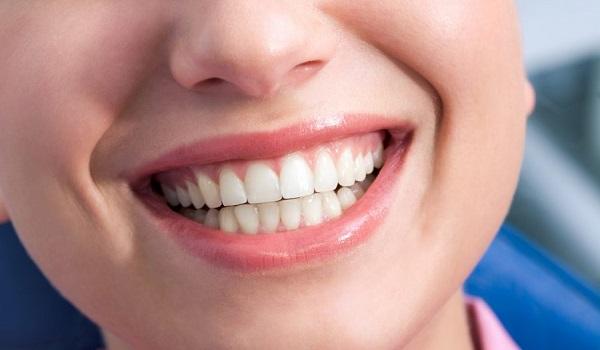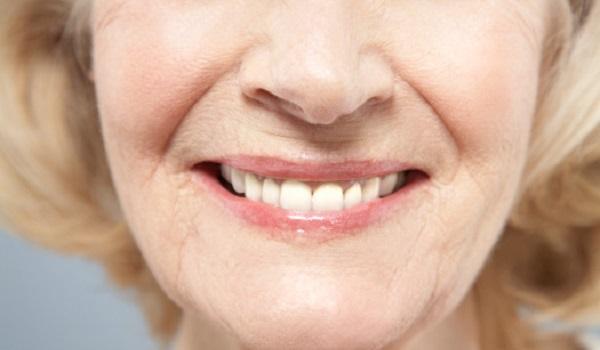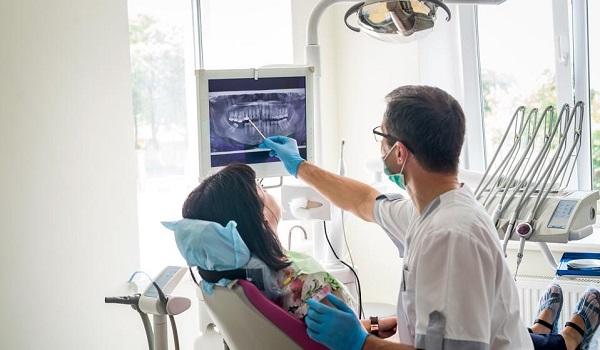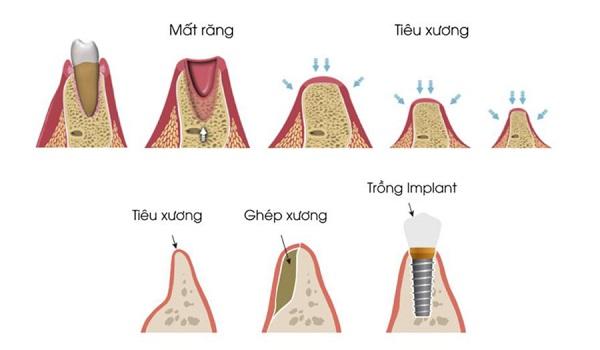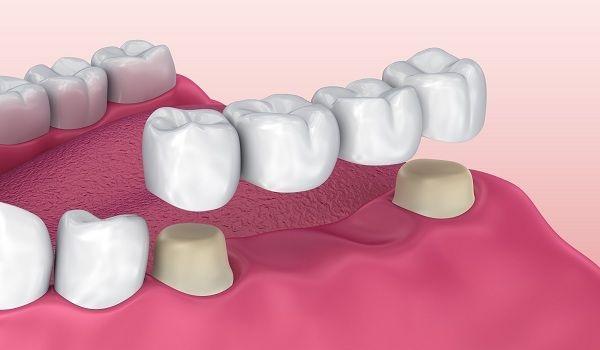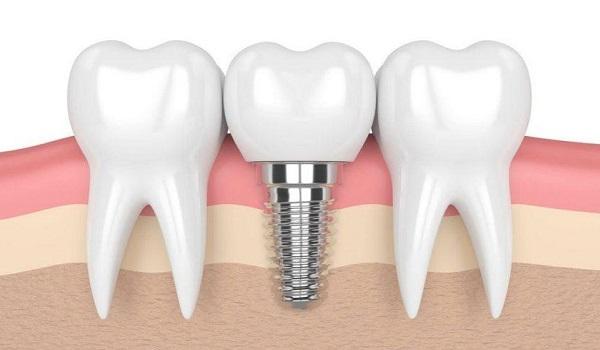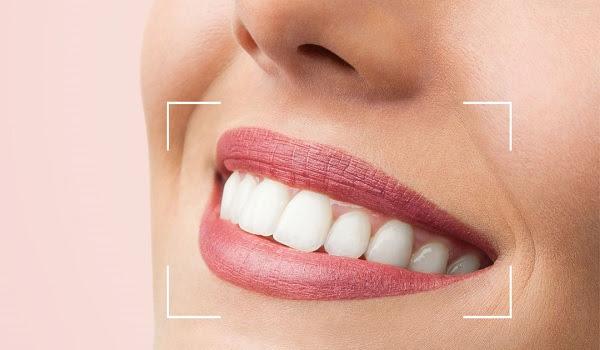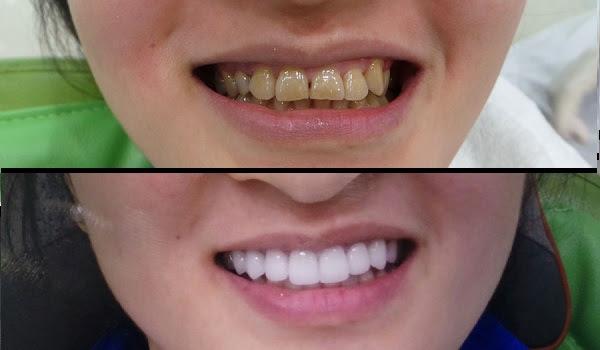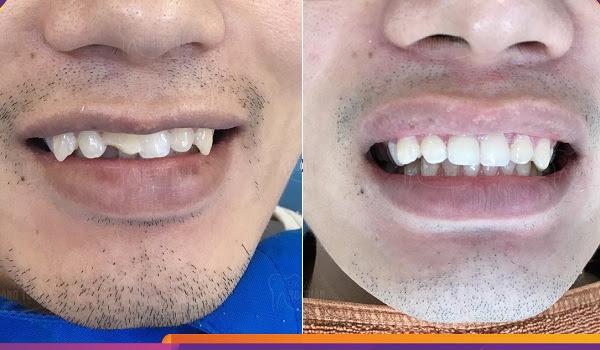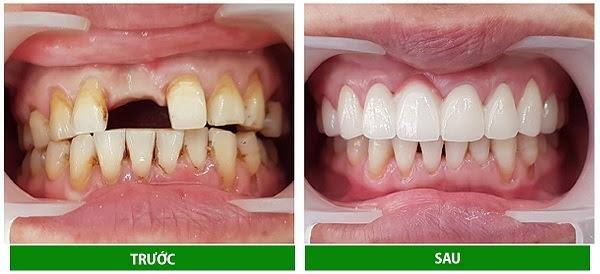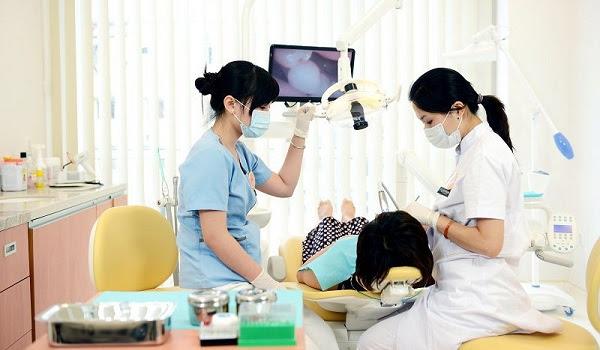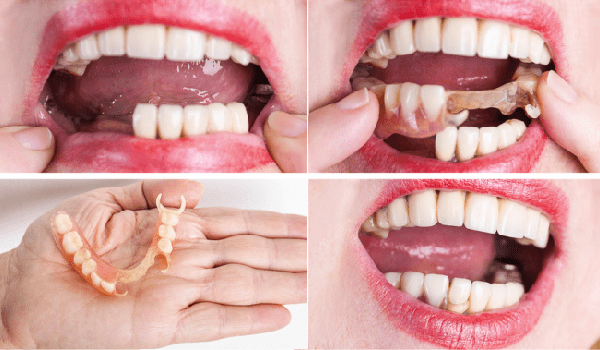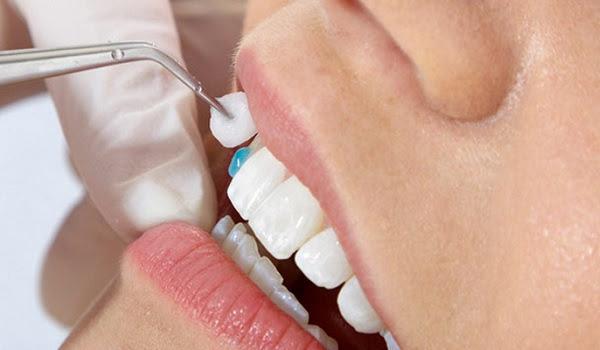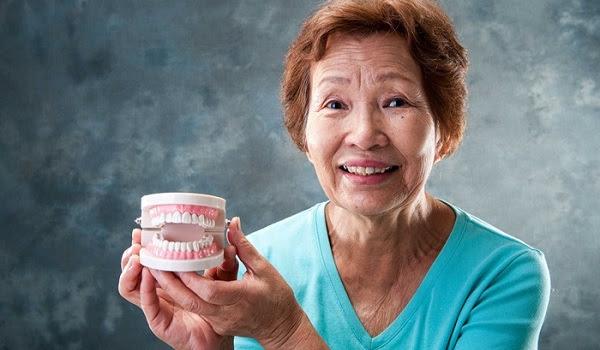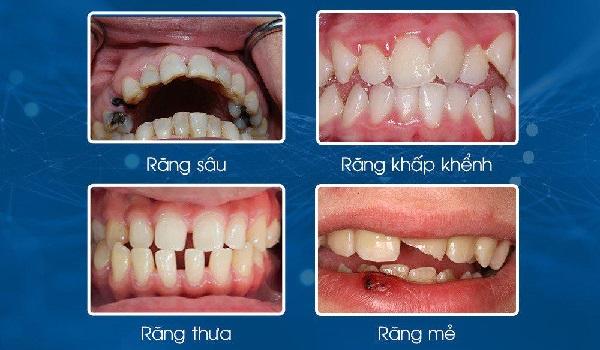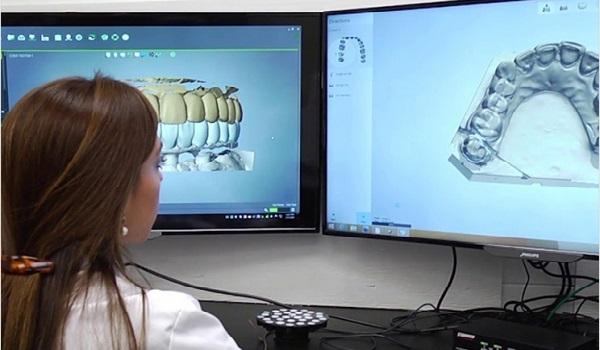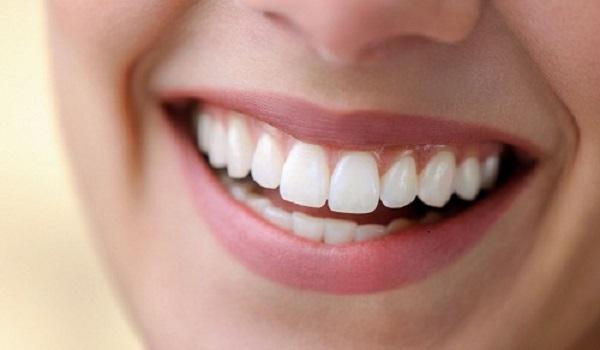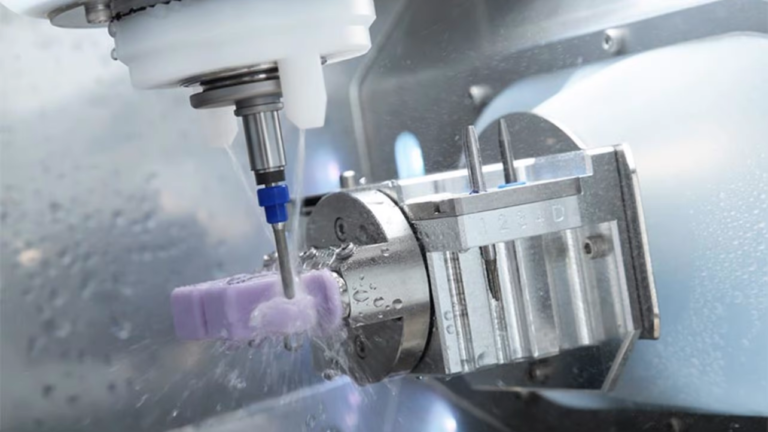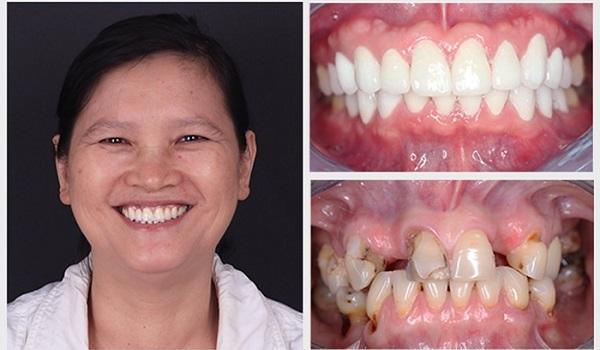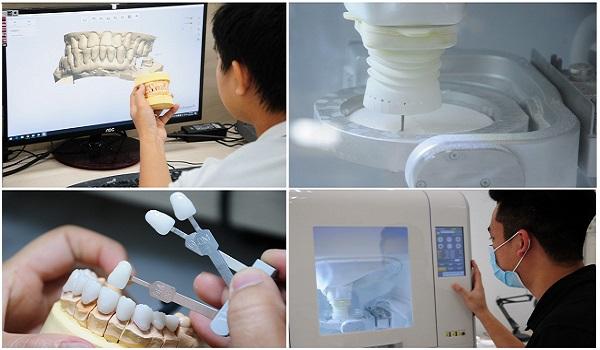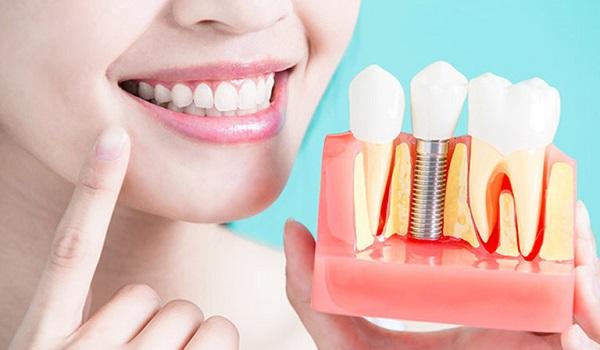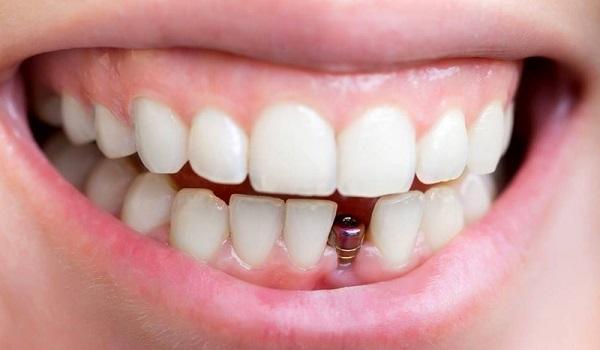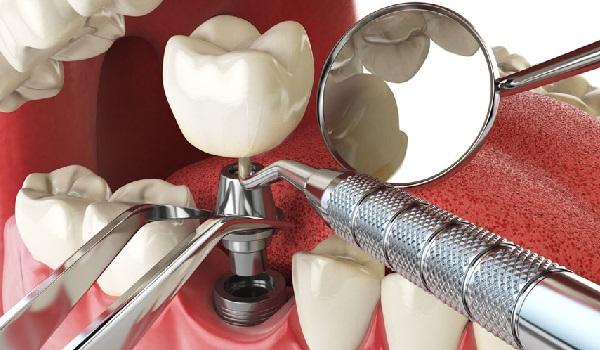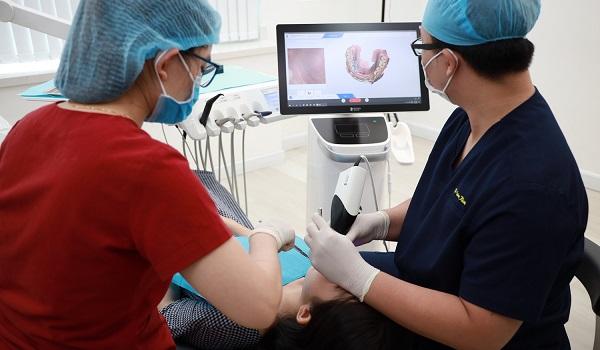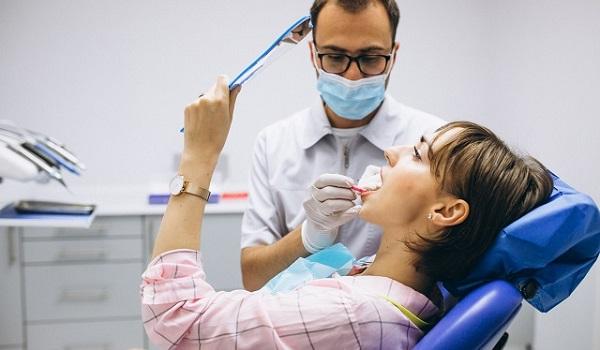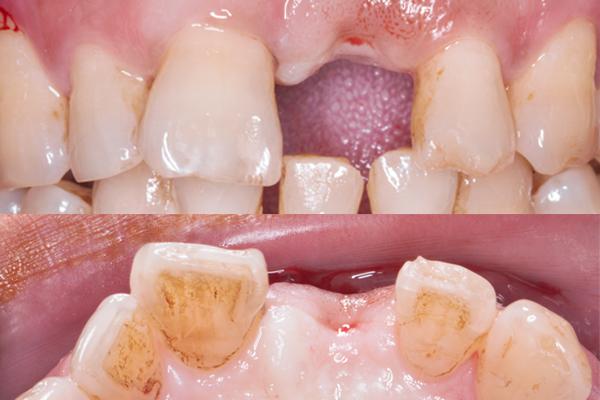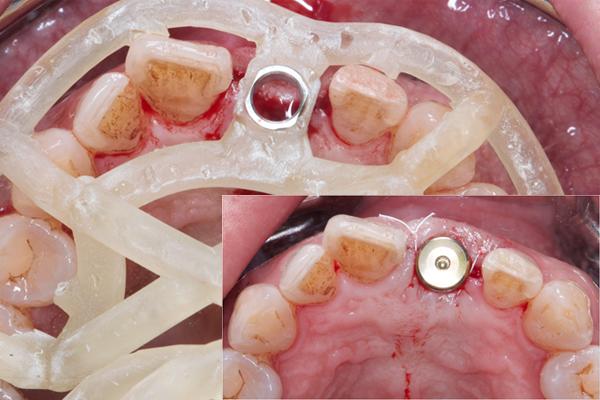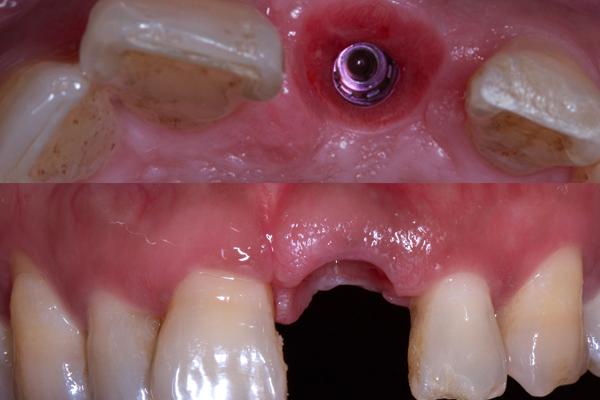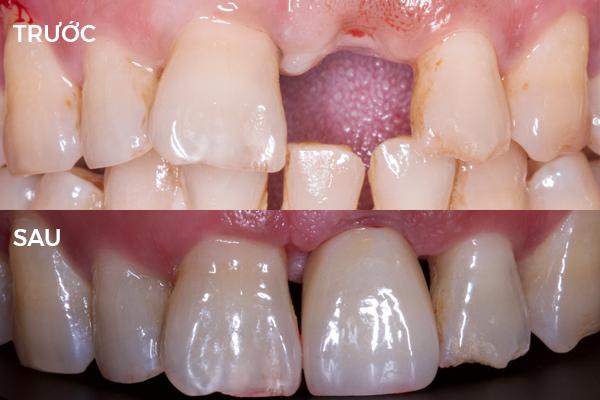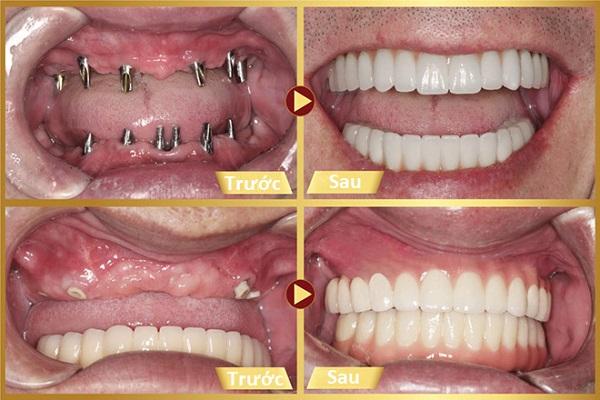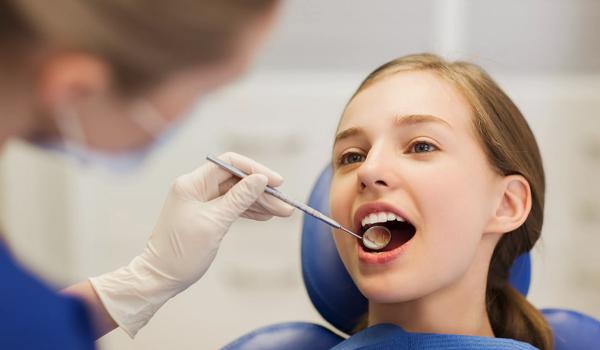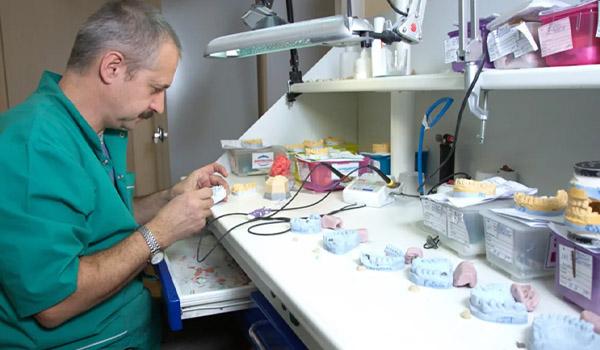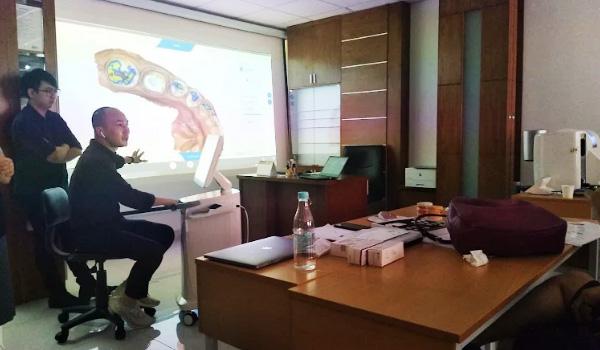Learn about cleft lip and palate, diagnosis and treatment direction
Cleft lip and cleft palate deform the face, affecting aesthetics. Not only that, this malformation also negatively affects the mental and physical development of the patient.
Cleft lip and cleft palate can significantly affect the ability to speak, eat and drink. However, with today’s modern technology, you can completely diagnose early and effectively treat this defect.

Although cleft palate and cleft lip are not life-threatening, they can make it difficult for patients to eat and drink every day. Moreover, it can affect the ability to communicate, make patients lack confidence, difficult to integrate into the community. Children need to be diagnosed and treated properly and at the right time to ensure the best results.
1. Learn about cleft lip and cleft palate
Cleft palate affects the mental and physical development of the patient. Parents need to be provided with adequate knowledge and good guidance so that child care will become easier. Please read along to learn more about this anomaly in the content right below!
1.1. What is cleft lip and cleft palate?
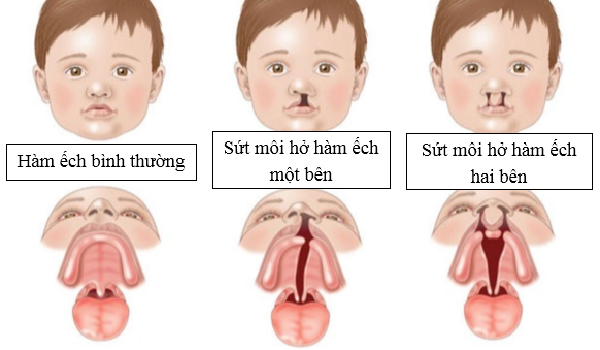
A condition where the tissues of the lips or mouth do not form properly during fetal development is called cleft lip and cleft palate. A cleft lip is a condition in which the lips are open rather than closed together as usual. Particularly, a condition where there is a gap between the nasal cavity and the roof of the mouth is called a cleft palate. This is a birth defect that occurs during fetal development and when the baby is born.
Typically, cleft lip and cleft palate can occur on one or both sides of the mouth and come in three forms:
- The patient has cleft palate but no cleft lip.
- Children with cleft lips but no cleft palate.
- The patient experienced both cleft lip and cleft palate.
Cleft lip and cleft palate are the most common head birth defects. Depending on the width/narrowing of the cleft, the patient may experience effects such as:
- Facial aesthetics are affected: The slits can deform the nose, lips, jawbone, alveolar bone, misalignment, shift teeth, etc., causing the face to deform.
- The functional activities are not good: The patient may have lisp, hearing loss, the child has difficulty eating, sucking, etc.
- Psychologically affected negatively: Patients have low self-esteem, difficulty in integrating into the community, etc., affecting daily life and future career opportunities.
1.2. Diagnostic measures for cleft lip and cleft palate

Cleft lip and cleft palate are most easily recognized after birth without needing to be diagnosed through special testing. However, we can screen and diagnose this defect earlier from the time the baby is still in the womb thanks to ultrasound.
Mothers can perform prenatal ultrasound to see images of the development of the fetus. During an ultrasound, sound waves are used to create an image of the fetus. The doctor can rely on ultrasound images to detect differences (if any) in the facial structure of the fetus.
A cleft lip can be detected on ultrasound around the 13th week of pregnancy. Particularly, cleft palate can be difficult to recognize through ultrasound images. If a cleft palate is found, your doctor may recommend taking a sample of amniotic fluid from the uterus for testing. This is to more accurately check if the baby has a genetic syndrome that increases the risk of other birth defects.
2. Causes of disease

Until now, the exact cause of cleft lip and cleft palate is unknown. However, there are many studies that suggest that the cause of this malformation is a combination of environmental and genetic factors. In it, the main role lies in the genetic factor.
If there is a family member with cleft lip and cleft palate, there is a high chance that the child will also inherit the gene that causes this defect. In some cases, children carry genes that can cause cleft lip and cleft palate. Then certain factors from the environment (such as maternal infection, radiation exposure during pregnancy, smoking, drinking alcohol, not providing enough vitamins…) promote this malformation to occur.
Cleft lip and cleft palate usually occur around the first 3 months of pregnancy. Normally, during the second and third months of pregnancy, the tissues that make up the roof of the mouth and lips join together. In fetuses with cleft lip and cleft palate, this fusion will be partial or unsuccessful, resulting in a cleft.
Most cases of cleft lip and palate in babies can be improved, helping to restore a near-normal appearance and function. Find out about these solutions right away in the content below!
3. Treatment direction

The condition of cleft lip and cleft palate can be completely treated and overcome with appropriate solutions. However, it is necessary to have good cooperation from the family and the coordination of many specialties for the most effective comprehensive treatment of people with this deformity.
The treatment process for cleft lip and cleft palate includes surgical correction of the cleft lip and palate. A treatment plan will be given based on the specific condition of each child. The doctor will repair the cleft first, then may continue to recommend surgery to improve speech, helping to improve facial aesthetics. The usual surgical procedure is as follows:
Within the first 3 to 6 months, the doctor will repair the patient’s lips.
When your baby is 12 months old (or earlier depending on your child’s condition), the doctor will repair the cleft palate.
Between the ages of 2 and the end of the teen years, the patient can have a follow-up surgery.
Surgical measures to treat cleft lip and cleft palate

There are many surgical options available to treat cleft lip and cleft palate. Depending on the patient’s condition, the doctor will apply the appropriate method in the following measures:
- Depending on the degree of deformity and the patient’s situation, the doctor will perform an appropriate procedure to help close the cup and rebuild the palate. The doctor will make an incision on both sides of the cleft, then rearrange the muscles and tissues, repair and sew closed.
- Lip repair: The doctor makes incisions on both sides of the cleft, creating flaps of tissue to close the separation of the lips. The flaps and muscles of the lips are sewn together for more normal lip structure, shape and function. At this stage, the doctor can simultaneously conduct the initial rhinoplasty for the patient if needed.
- Reconstructive surgery: This is an additional form of surgery that helps to shape the mouth, nose and lips to improve the beauty of the face.
- Ear tube surgery: The doctor places small tubes in the eardrum to create an opening to prevent fluid from accumulating. This is often done to reduce the risk of chronic ear disease and hearing loss in patients with cleft lip and palate.
With the current advanced level of medical development, cleft lip and palate can be diagnosed and treated effectively early on. This has great significance to help patients overcome the problems caused by this deformity. At the same time, the attention and care of the family and society will help children with this deformity have a better chance of treatment and fuller development.

